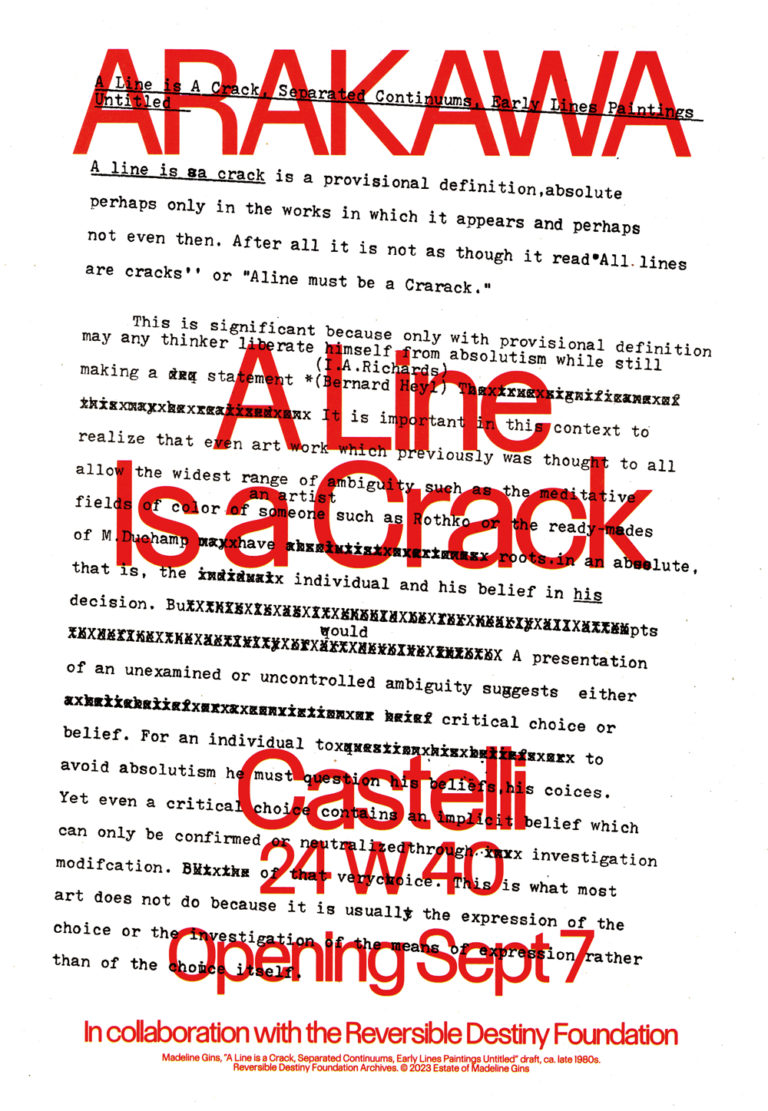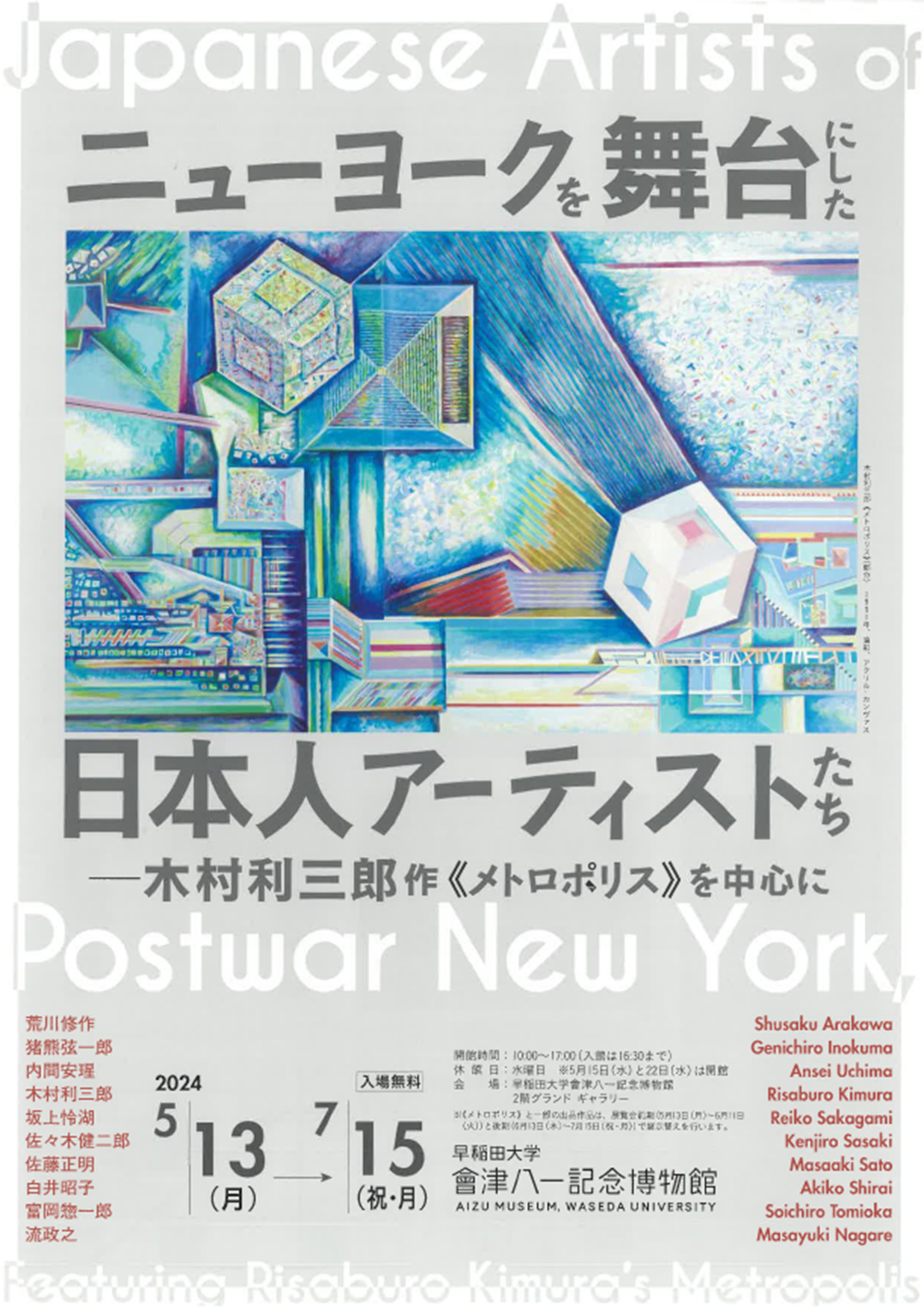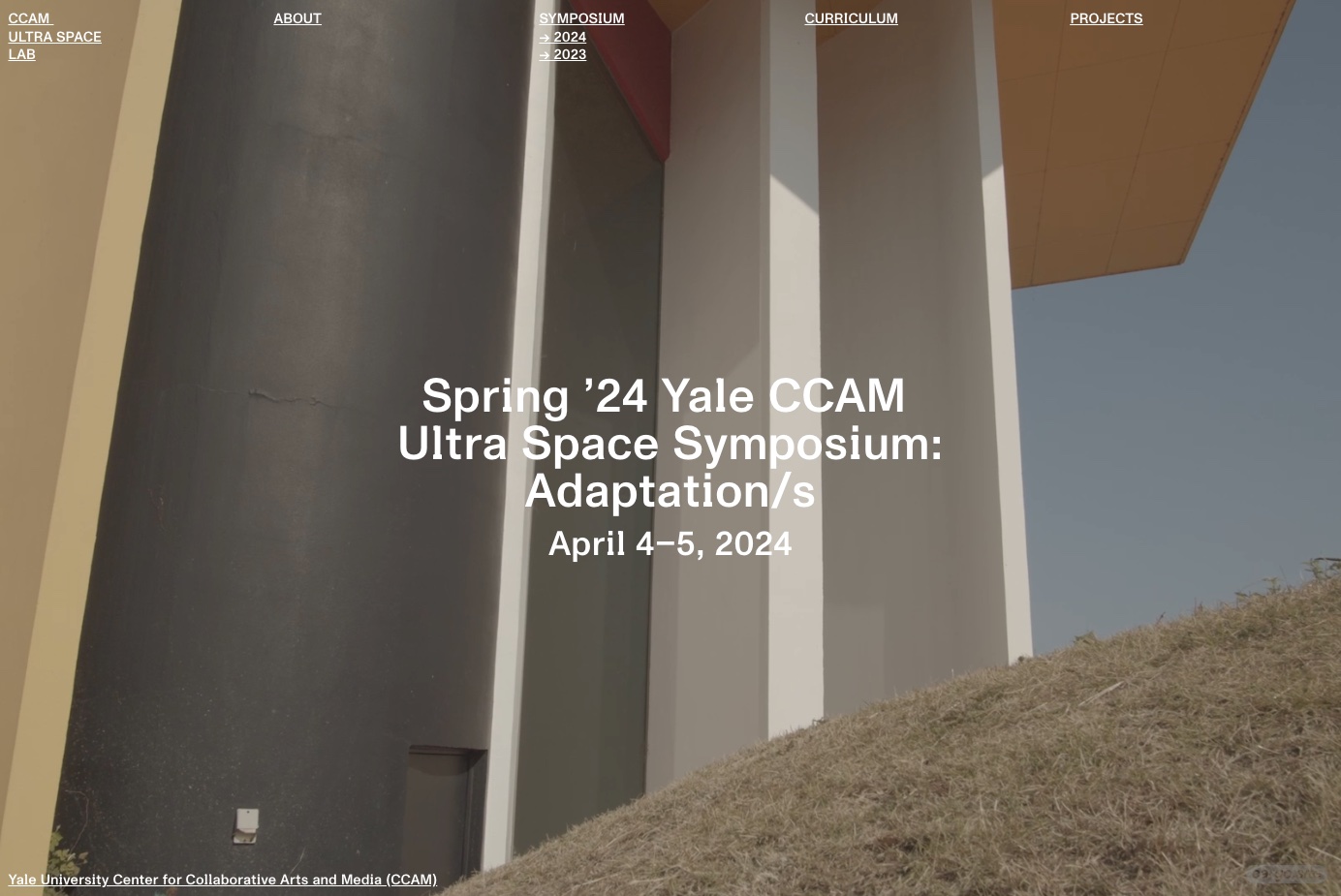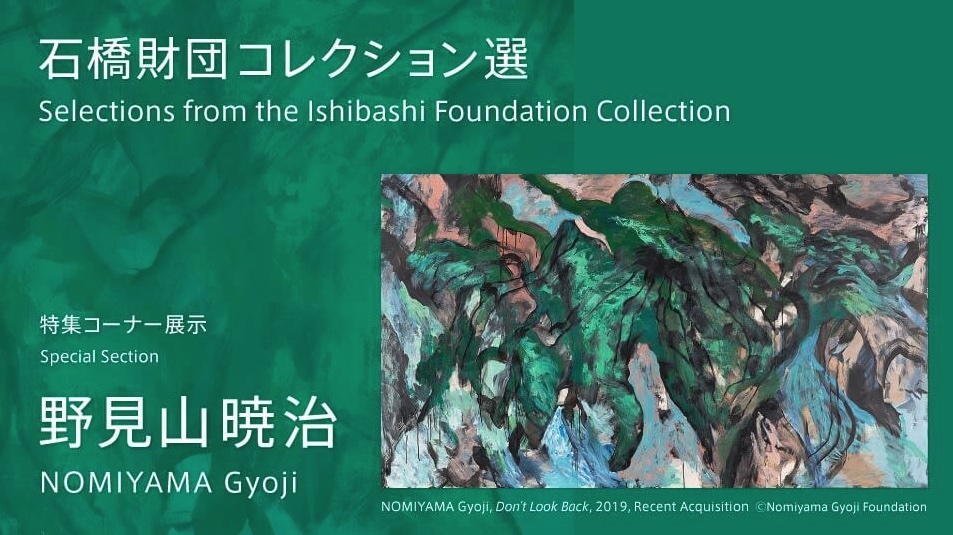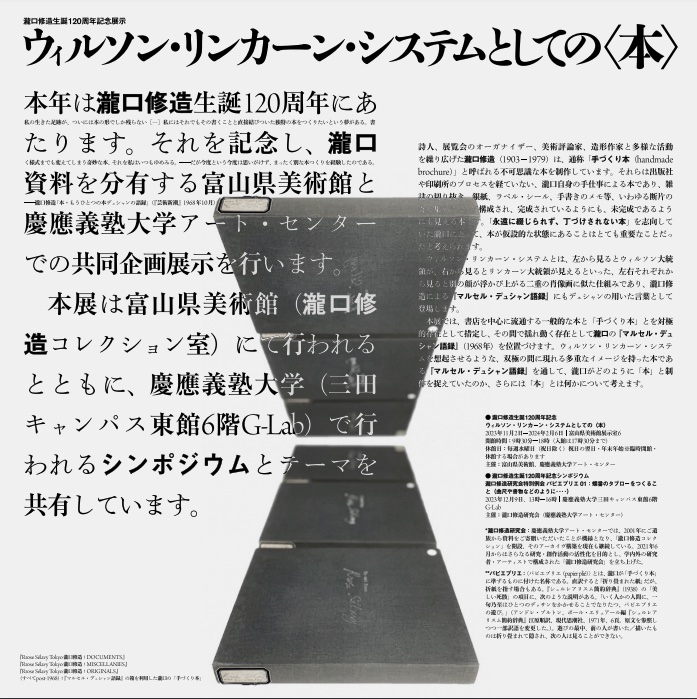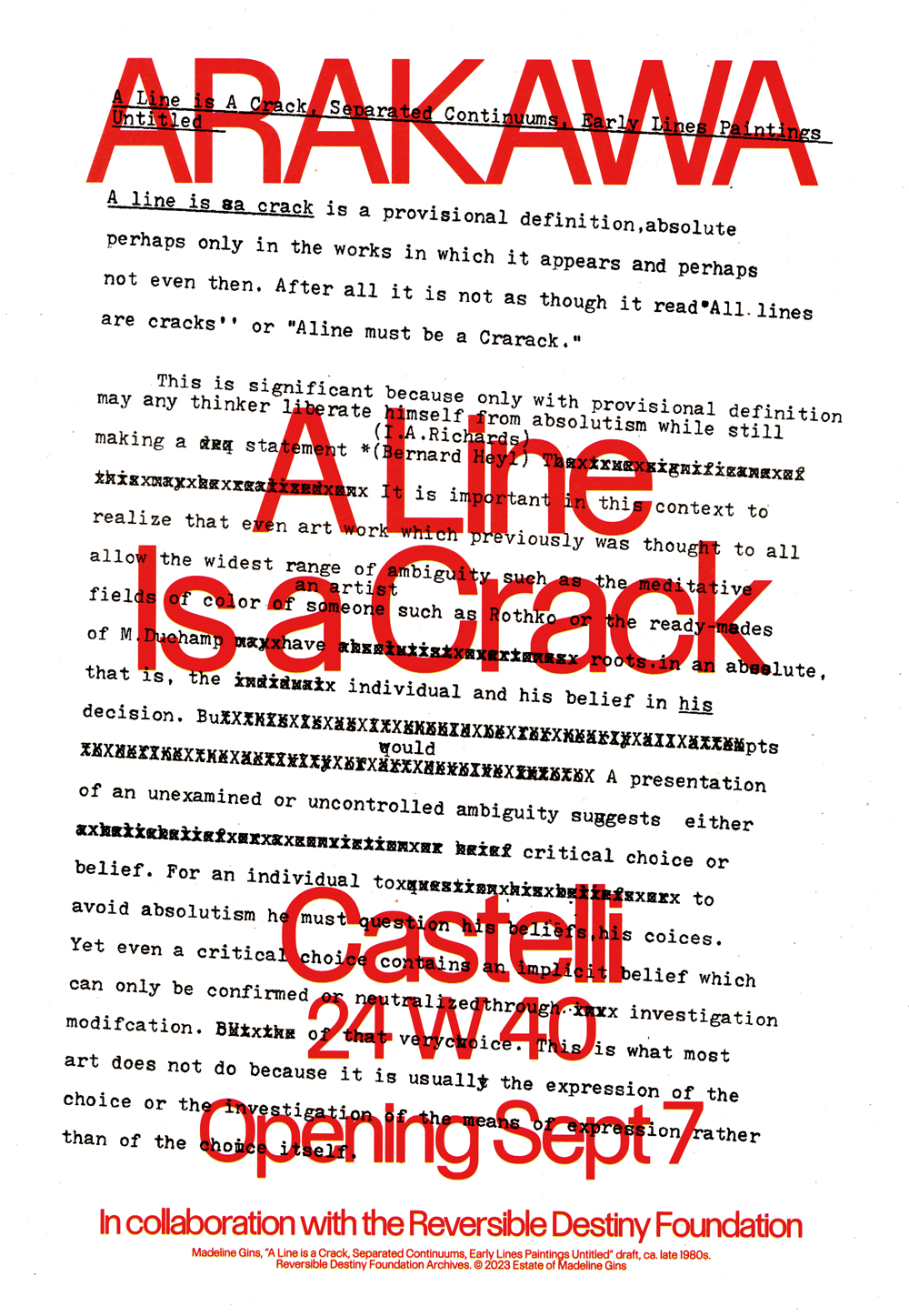Arakawa: A Line is A Crack focuses on Arakawa’s work from the 1960s. After a period in the late 1950s in which Arakawa was active in the Tokyo avant-garde art circles, he arrived in New York City in December 1961. He soon joined the other young artists in the city, including Jasper Johns, Robert Rauschenberg, and Robert Morris, whose works were largely influenced by Marcel Duchamp. The exhibition reflects the liveliness of the New York art scene at the time, as well as Arakawa’s aspiration to think of painting in a new way.
For more information, please visit the Castelli Gallery website.
We hope that you will be able to see the exhibition!
Arakawa: A Line is A Crack
September 7 – November 16, 2023
Castelli Gallery
24 WEST 40 New York, NY 10018
Open: Tuesday-Saturday, 10am-6pm
https://www.castelligallery.com/exhibitions/arakawa-a-line-is-a-crack
After a period in the late 1950s in which Arakawa was active in the Tokyo avant-garde art circles, he arrived in New York City in December 1961 and enrolled in the Brooklyn Museum Art School. Upon his arrival, Arakawa first lived in Yoko Ono’s loft at 112 Chambers Street. Ono’s TriBeCa loft was a fixture in the New York art scene and was well-known for having hosted the Chambers Street Loft Series, which she presented together with composer La Monte Young between December 1960 and June 1961. Already living in the loft, was artist Robert Morris, whom at the time was married to dancer Simone Forti. When the two broke-up, Ono offered Morris to temporarily live at Chambers Street, as she was not occupying the space.
It was through this connection with Robert Morris, that Arakawa had an entrée into the New York art scene. Arakawa joined the group of young New York artists, including Jasper Johns, Robert Rauschenberg, and Morris himself, whose work was largely influenced by Marcel Duchamp, and was ultimately breaking the boundaries of traditionally conceived painting and sculpture. In this context, Arakawa met Virginia Dwan. Beginning in 1964, Arakawa showed his work with the Dwan Gallery until it’s closure in 1971. Throughout this period, Arakawa had five solo exhibitions with Dwan, both in Los Angeles and New York.
Arakawa: A Line is A Crack focuses on Arakawa’s work from the 1960s. The exhibition reflects the liveliness of the New York art scene at the time, as well as the aspiration to think of painting in a new way. Beginning in 1962, Arakawa conceived of paintings that were very minimal, as seen in Forming of Untitled, which consists of a white canvas with four graphite marks. In these early works, Arakawa appears to make “tabula rasa” of all his previous knowledge of conventional painting.
Starting in 1963, Arakawa introduces figuration into his work, moving in a direction that showcases the relation to the work of Johns and Rauschenberg. Images of everyday objects are transferred to the canvas using airbrush acrylic with the technique of spray paint, as seen in Untitled, 1964. Within this group of work, Untitled, 1964-65, is particularly complex. In addition to transferring images with spray paint, Arakawa mounts the actual objects on top of the canvas: a funnel and an umbrella. He introduces the use of photography by borrowing contact sheets from Eadweard Muybridge’s Getting into Hammock.
What is a painting? What is a sculpture? Does a painting become a sculpture if the artist cuts a corner of the canvas and in the process turns the work from two-dimensional to three-dimensional? Like we see in Arakawa and I, 1967, Arakawa’s work ultimately raises these questions but fails to provide answers.
The title of the exhibition, A Line is A Crack, takes inspiration from a text written by Madeline Gins, Arakawa’s partner in life and in work. Arakawa references “A Line is A Crack” in Landscape, a work from 1967.
Accompanying this exhibition is a catalogue with essays by Professor Julia Robinson, New York University, Professor Yukihiro Hirayoshi, Kyoto Institute of Technology, and Professor Ignacio Adriasola, University of British Columbia.
The exhibition is realized in collaboration with the Reversible Destiny Foundation. It will open on Thursday, September 7, 2023, at Castelli Gallery located at 24 West 40th Street.
(From Press Release, Castelli Gallery)

